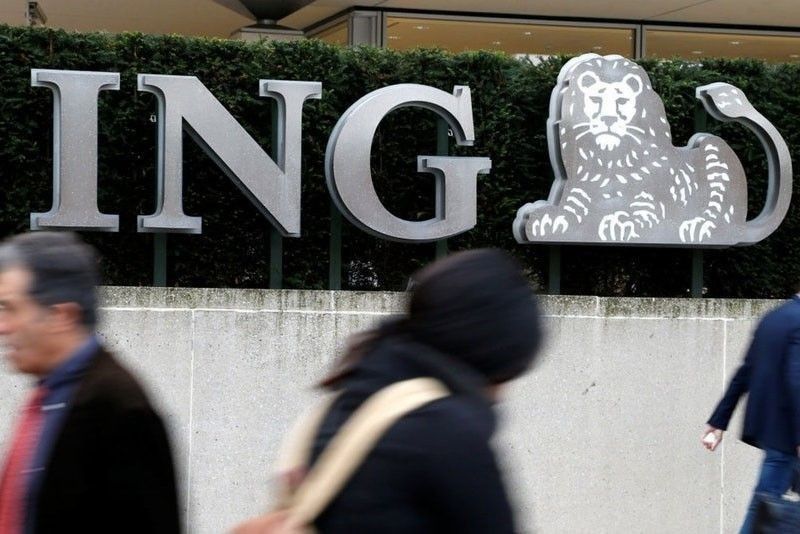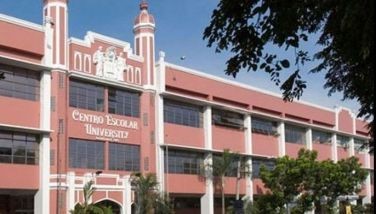ING Bank sees inflation breaching 5%

MANILA, Philippines — Inflation is likely to move past five percent this month after accelerating to a 32-month high in August as price pressures heat up anew due to elevated food and oil prices, according to Dutch financial giant ING Bank.
Nicholas Mapa, senior economist at ING Bank Manila, said the September inflation may pick up further after kicking up to 4.9 percent in August from four percent in July.
“We expect inflation to move past five percent as recent and approaching storm systems will undoubtedly figure into this month’s fruit and vegetable prices,” Mapa said.
The last time inflation breached five percent was in December 2018 at 5.1 percent.
Mapa said fish and meat prices are likely to remain elevated, while energy costs are also expected to stay up as global crude oil prices stayed close to $70 per barrel.
He also said utility companies and retail fuel distributors have recently announced additional rounds of price increases, all adding to the supply side pressure on headline.
Although the pickup in imports may be a sign of renewed demand, the economist explained this also reflects an improvement in domestic production which could help increase the supply of basic goods and services.
“Despite this, the price pressures appear to be accelerating at the worst possible time with base effects unfavorable in September,” Mapa said.
Inflation averaged 4.4 percent from January to August as monthly inflation has been breaching the two to four percent target set by the Bangko Sentral ng Pilipinas (BSP).
Mapa said inflation breached the BSP’s target anew in August with cost-push factors the dominant force behind the resurgence in price gains. He said vegetable, fish and meat prices all conspired to push food inflation to 6.5 percent.
Mapa said crop damage induced by inclement weather in August forced vegetable prices up by 15.7 percent and fish prices higher by 12.4 percent, while African swine fever (ASF) kept meat prices elevated at 16.4 percent.
To make matter worse, he said pricier global crude oil prices have found their way to domestic pump prices at 17.8 percent and utilities with eight percent as LPG costs and Meralco bills are on the rise.
Despite a modest pickup in demand relative to lockdowns last year, Mapa said it is clear that the main factor behind the recent surge is emanating from cost-push factors such as more expensive vegetables, meat and energy related products.
The economist said the BSP continues to face a dilemma, caught between a rock and hard place as monetary authorities attempt to navigate renewed cost-push price resurgence amid an economic recession.
“The central bank has been very aggressive in delivering stimulus although transmission has remained soft with commercial banks not deploying the bevy of liquidity released via monetary easing,” Mapa said.
Adding an angle of complication is the recent depreciation spell of the peso in the months leading to the eventual taper by the US Federal Reserve that continues to add fuel to the inflationary fire.
- Latest
- Trending

































